Chili peppers and dehydrated vegetables
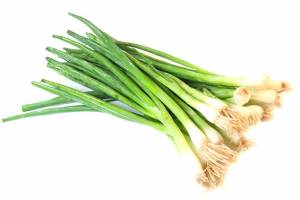
It is a species of the onion genus (Allium). The chive is perennial, it never forms bulbs and with bracts, like leaves, with fistulas. In taste and smell it is very similar to white onion; This does not form true bulbs but rather a thickening of all its leaves at their base, very similar to that of a leek; Regarding the leaf onion or chives, its white and fleshy stem is consumed but not its leaves.
Details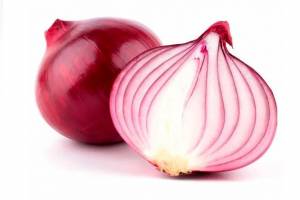
Allium cepa, commonly known as onion, is a biennial herbaceous plant belonging to the Amaryllidaceae family. It is the most cultivated species of the genus Allium, which contains several species called “onions” and that are grown for food.
Details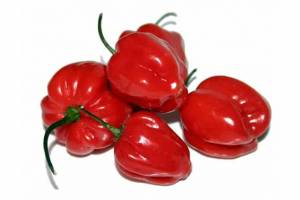
Used as a spicy condiment in the cuisine of Andean Gastronomy. It is a relatively spicy fruit (capsaicin is the substance that gives it its spiciness): its range on the Scoville scale is between 100,000 SHU to 200,000 SHU.
Details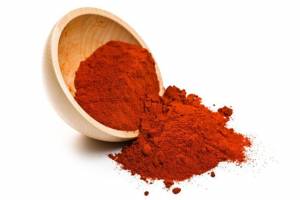
Cultivo originario de América del sur, se cultiva en la costa norte, centro y sur del Perú y en Bolivia. La producción de ají páprika en el Perú se da durante todo el año en la costa donde se encuentran las condiciones óptimas para la obtención de un producto de calidad.
Details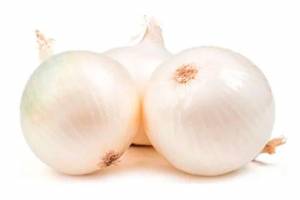
Allium cepa, commonly known as onion, is a biennial herbaceous plant belonging to the Amaryllidaceae family. It is the most cultivated species of the genus Allium, which contains several species called “onions” and that are grown for food.
Details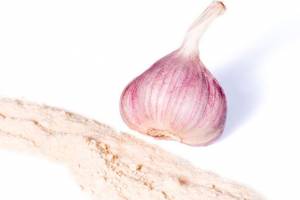
It is a perennial plant with flat, thin leaves, up to 30 cm in length. The roots easily reach depths of 50 cm or more. The bulb, with white skin, forms a head divided into segments that are commonly called cloves. Each head can contain 6 to 12 cloves, each of which is wrapped in a thin layer of white or reddish color.
Details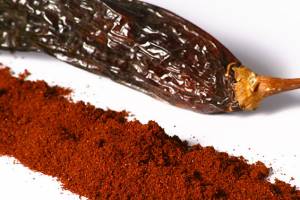
Despite the scientific name, the origin of this type of chili is South American. The ají panca, also called “red ají”, is a large dried chili from Peru. Once ripe, its color goes from dark red to chocolate. It is carefully dried in the sun to later be processed. It has a mild spiciness which is why it is considered the ideal seasoning in Peruvian cuisine.
Details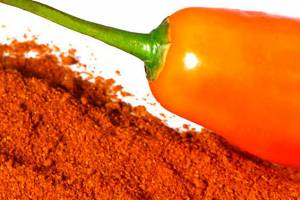
Like other members of the Baccatum species, it is native to South and Central America and has been cultivated for more than 7,000 years. The region of Peru and Bolivia is one of the two centers of origin with the greatest genetic diversity of the chili pepper.
Details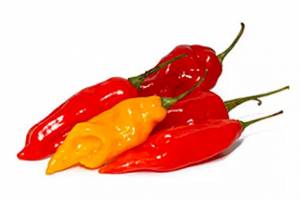
Originally from Peru. It is a very fruitful variety and has an excellent fruity aroma, reminiscent of the aroma of habaneros. The plants of this variety measure approximately one meter and its fruits measure between 1 and 12 cm.
Details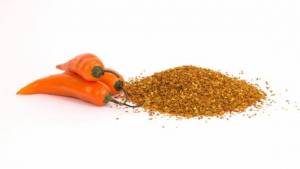
This variety of chili is essential in Peruvian cuisine. The yellow pepper is grown on the coast, mountains and Amazon up to about 1500 meters above sea level, in warm climates with temperatures between 16 and 24ºC.
Details